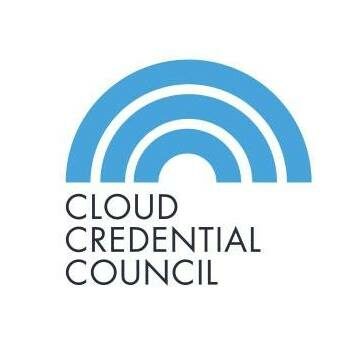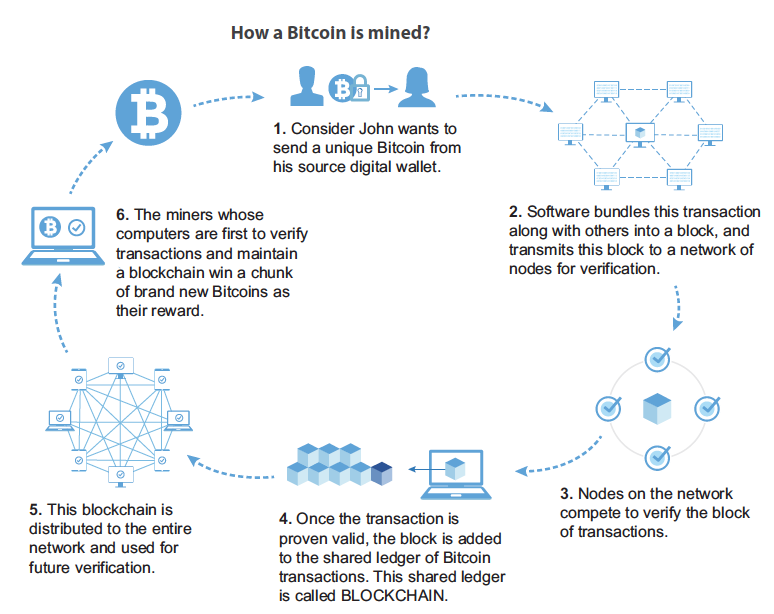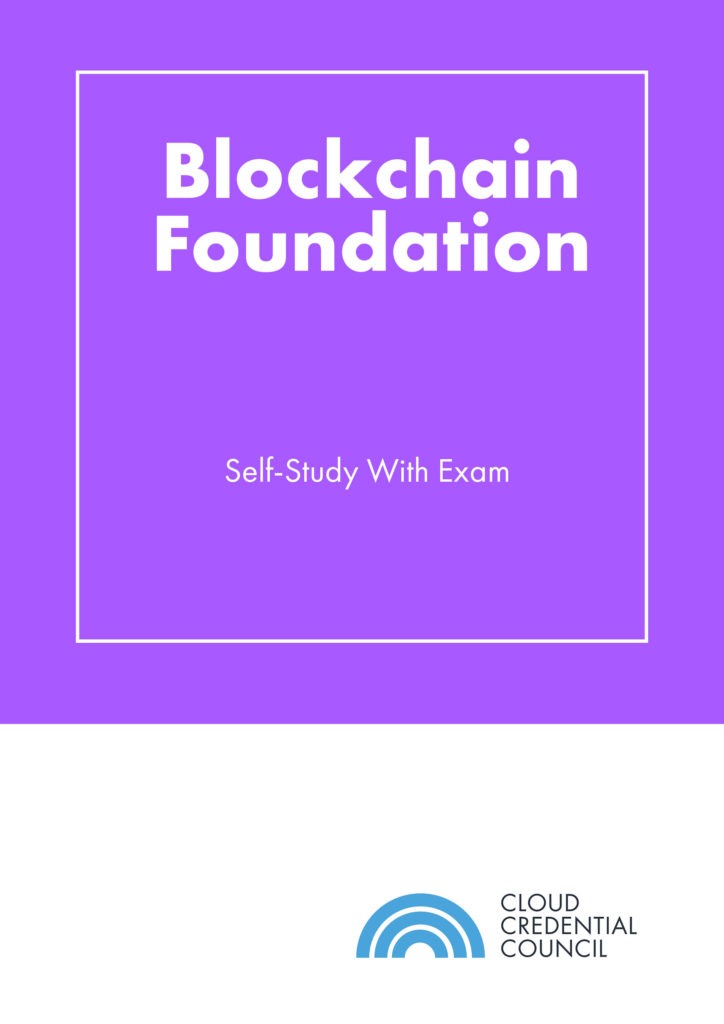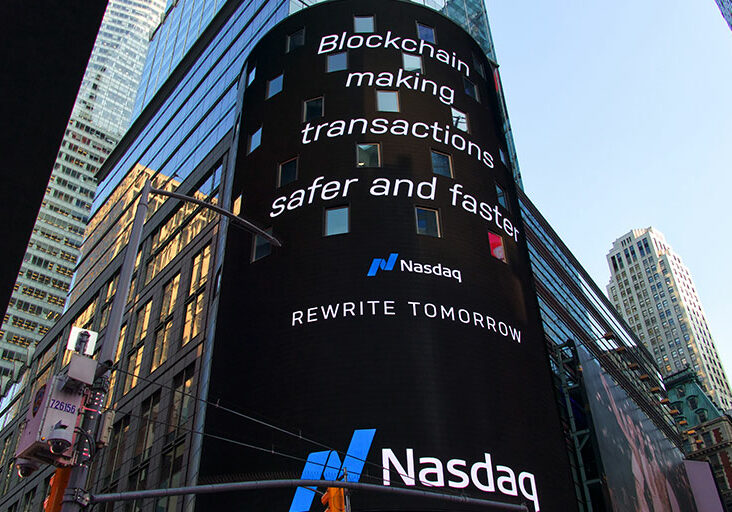Knowledge Byte: Exploring Blockchain Mining

Cloud Credential Council (CCC)

There are some special nodes in the network that verify the transactions and maintain the ledger. We call them “miners”. Using the state of art cryptographic algorithm, miners validate the transactions across the network.
In order to maintain the monetary system, the miner must be able to confirm that:
- The originator of the transaction possesses the fund being transferred
- The originator of the transaction has obtained the funds by one of the means commonly recognized as valid
A transaction does not become a part of the blockchain until it is verified and included in a block by a process called mining. The Bitcoin system of trust is based on computation. Transactions are bundled into blocks, which require an enormous amount of computation to prove, but only a small amount of computation to verify as proven.
The mining process serves two purposes in Bitcoin:
- Mining nodes validate all transactions by reference to Bitcoin’s consensus rules. Therefore, mining provides security for Bitcoin transactions by rejecting invalid or malformed transactions.
- Mining creates new Bitcoin in each block, almost like a central bank printing new money. The amount of Bitcoin created per block is limited and diminishes with time, following a fixed issuance schedule.
Mining achieves a fine balance between cost and reward. It uses electricity to solve a mathematical problem which means more complex the mathematical algorithm is, it would take higher computing power thereby consuming more electricity. A successful miner will collect a reward in the form of new Bitcoin and transaction fees. However, the reward will only be collected if the miner has correctly validated all the transactions to the satisfaction of the rules of consensus. This delicate balance provides security for Bitcoin without a central authority.

Adapted from this source.
Courses to help you get
results with Blockchain
Blockchain Foundation™
The industry-recognized CCC Blockchain Foundation provides various practical exercises that allow you to experience two of the most popular cryptocurrencies – Bitcoin and Ethereum. The course’s exposure to real-life blockchain and crypto trading ensures the knowledge you gain is ready to be implemented.
Never miss an interesting article
Get our latest news, tutorials, guides, tips & deals delivered to your inbox.
Keep learning




